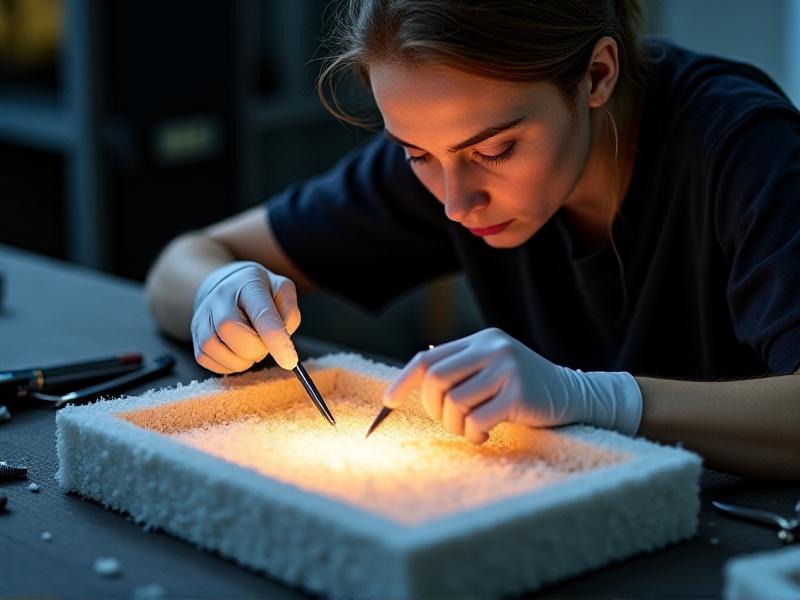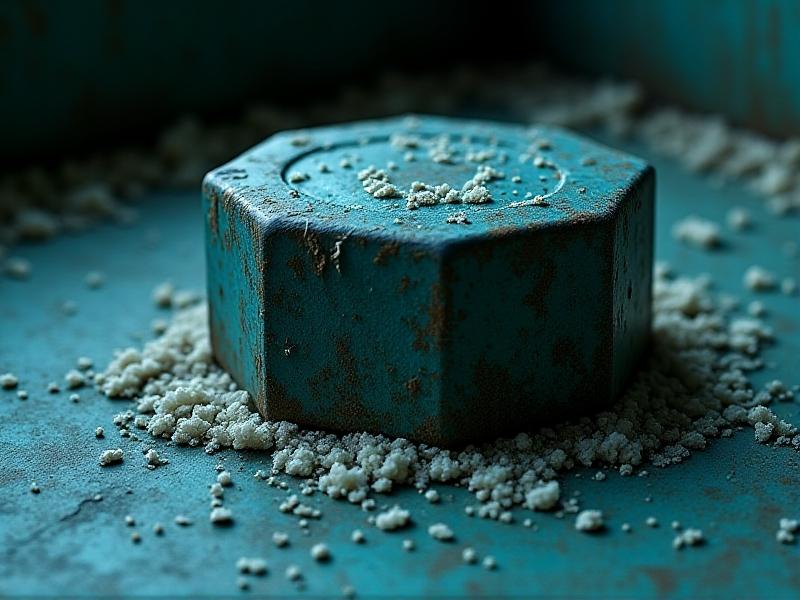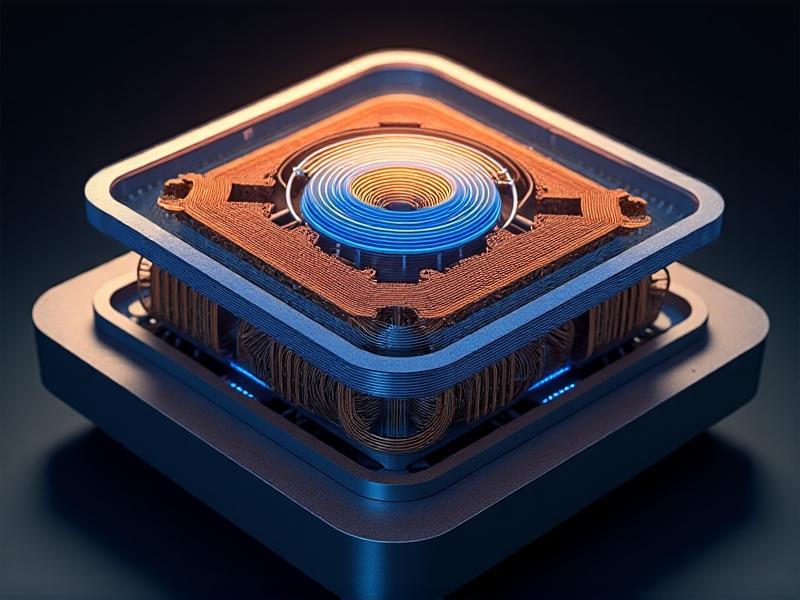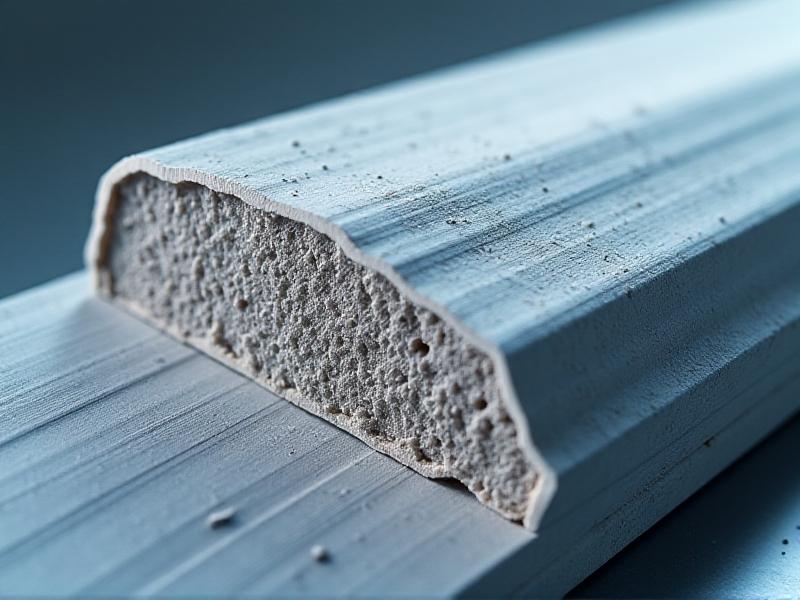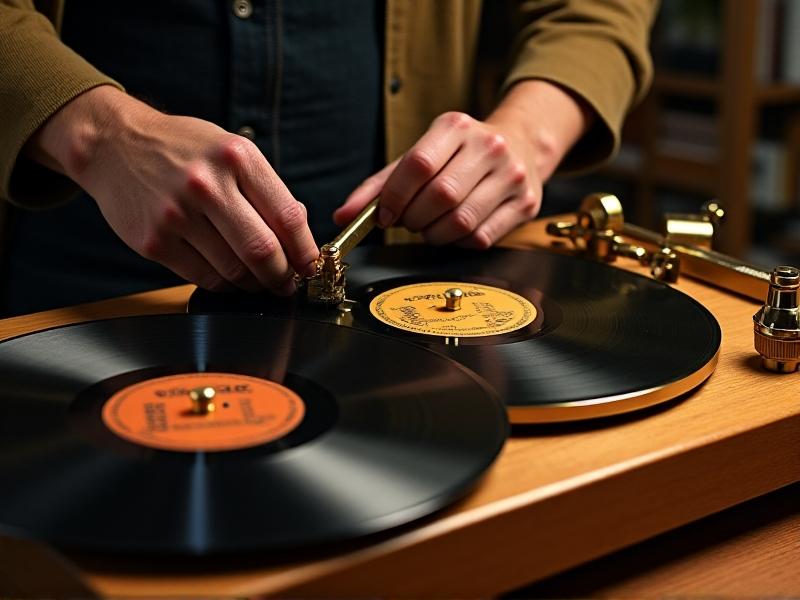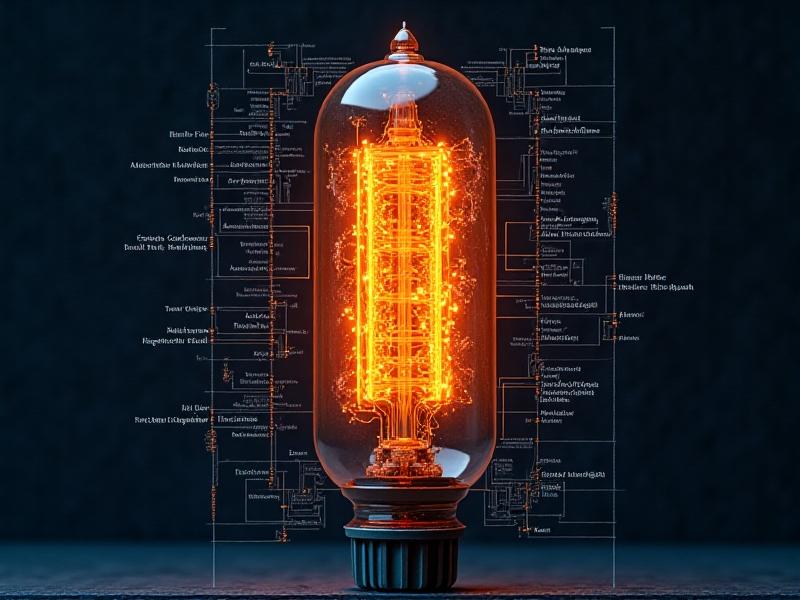Faceplate Lettering Restoration Methods
Understanding Faceplate Lettering and Its Historical Significance
Faceplate lettering, the engraved or painted text on control panels, machinery, or vintage equipment, serves both functional and aesthetic purposes. These markings often identify controls, convey operating instructions, or brand a device. Historically, techniques like hand engraving, lithography, and enameling were used to create durable labels. However, aging, environmental exposure, and physical wear degrade these letterings, erasing critical information and diminishing historical value. Restoration isn’t just about preserving aesthetics—it’s about safeguarding technical heritage and maintaining usability for antique machinery enthusiasts and museums alike.
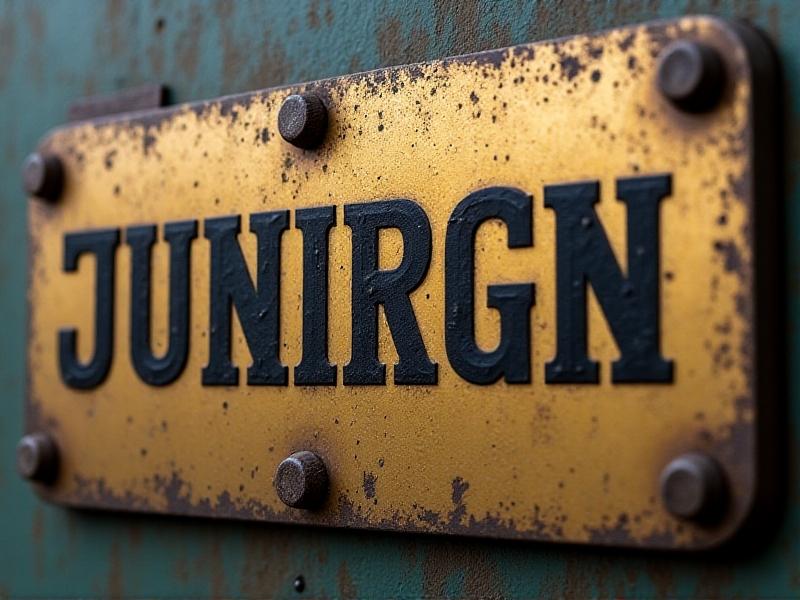
Essential Tools and Materials for Restoration
Restoration begins with assembling specialized tools. Soft-bristle brushes, microfiber cloths, and mild solvents clean surface grime without damaging fragile lettering. Magnifying lamps or digital microscopes help assess microscopic cracks or pigment loss. For repainting, fine-tipped sable brushes or airbrushes ensure precision, while archival-grade enamel paints match historical color palettes. Re-engraving worn areas may require rotary tools with diamond-tipped bits. Clear acrylic sealants protect restored surfaces. Always test materials on inconspicuous areas first—chemical reactions can irreversibly harm original finishes.
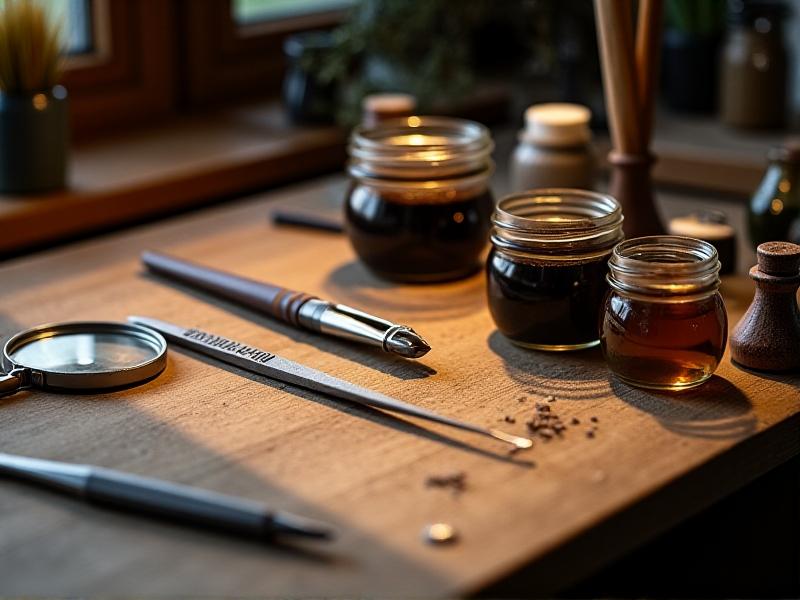
Step-by-Step Cleaning and Surface Preparation
Start by photographing the faceplate for reference. Remove loose debris with compressed air. Apply a pH-neutral cleaner using cotton swabs, working in small sections to prevent residue buildup. Avoid abrasive pads—micro-scratches amplify future wear. For stubborn corrosion, a paste of baking soda and distilled water gently lifts oxidation. Rinse with deionized water to prevent mineral deposits. Dry thoroughly with a lint-free cloth. Surface preparation is critical: uneven textures or residual oils compromise paint adhesion. Use isopropyl alcohol for final degreasing, ensuring a pristine base for touch-ups.
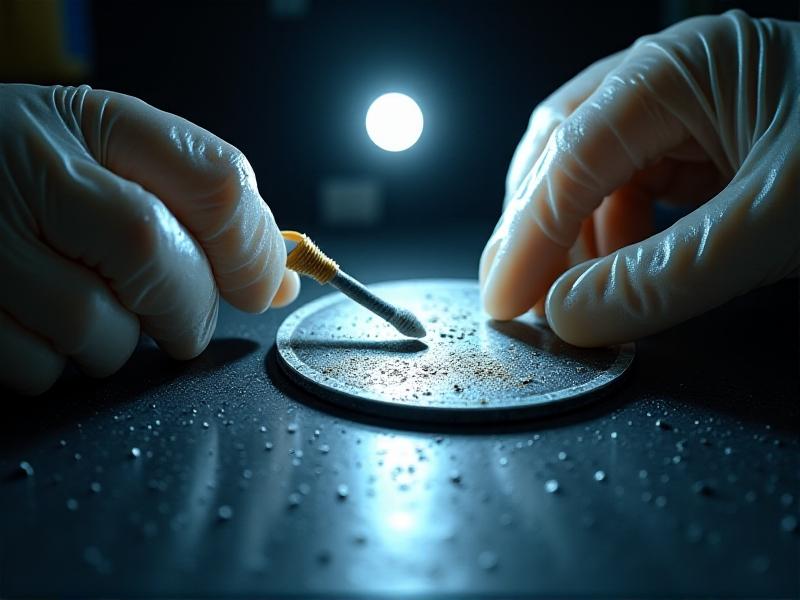
Advanced Techniques for Lettering Repairs
Recreating lost letters demands artistry. Trace surviving letter edges using drafting film to map missing sections. For enamel restorations, layer thin coats of paint, curing each under UV light to mimic factory finishes. Alternatively, silicone molds cast epoxy resin into damaged engravings, which is then sanded flush. Digital methods involve vectorizing surviving text in graphic software and CNC-engraving replacement plates. A hybrid approach often works best: laser etching provides a shallow guide for hand-painting, blending new and original work seamlessly. Document each step to maintain reversibility—a cornerstone of ethical conservation.
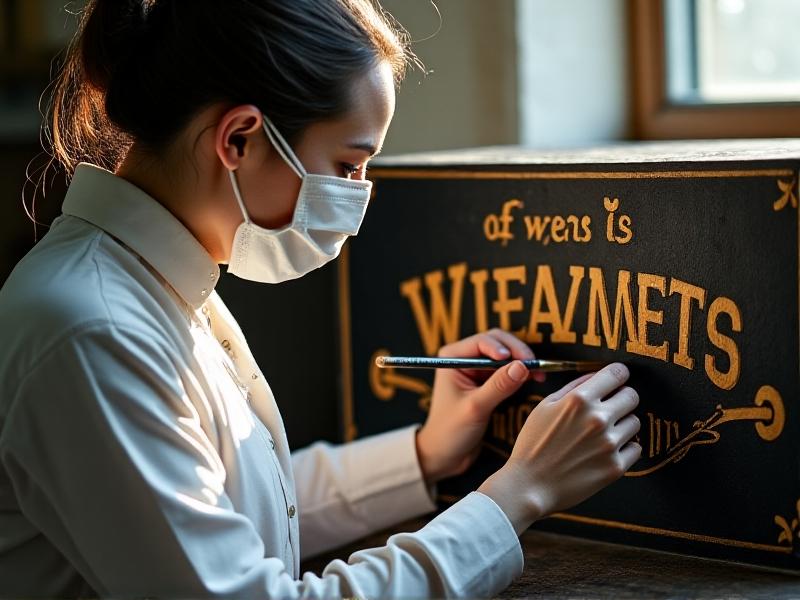
Preserving Restored Faceplates for Future Generations
Post-restoration, environmental controls are key. Store or display faceplates at 40–50% humidity to prevent metal expansion and paint delamination. Apply aerospace-grade acrylic coatings for UV protection if exposed to light. Periodic inspections under UV light reveal early signs of adhesive failure or microbial growth. For frequently handled items, install replica faceplates for daily use, storing originals in inert polymer sleeves. Collaboration between conservators and engineers ensures historically accurate yet durable solutions, bridging past craftsmanship with modern material science.

